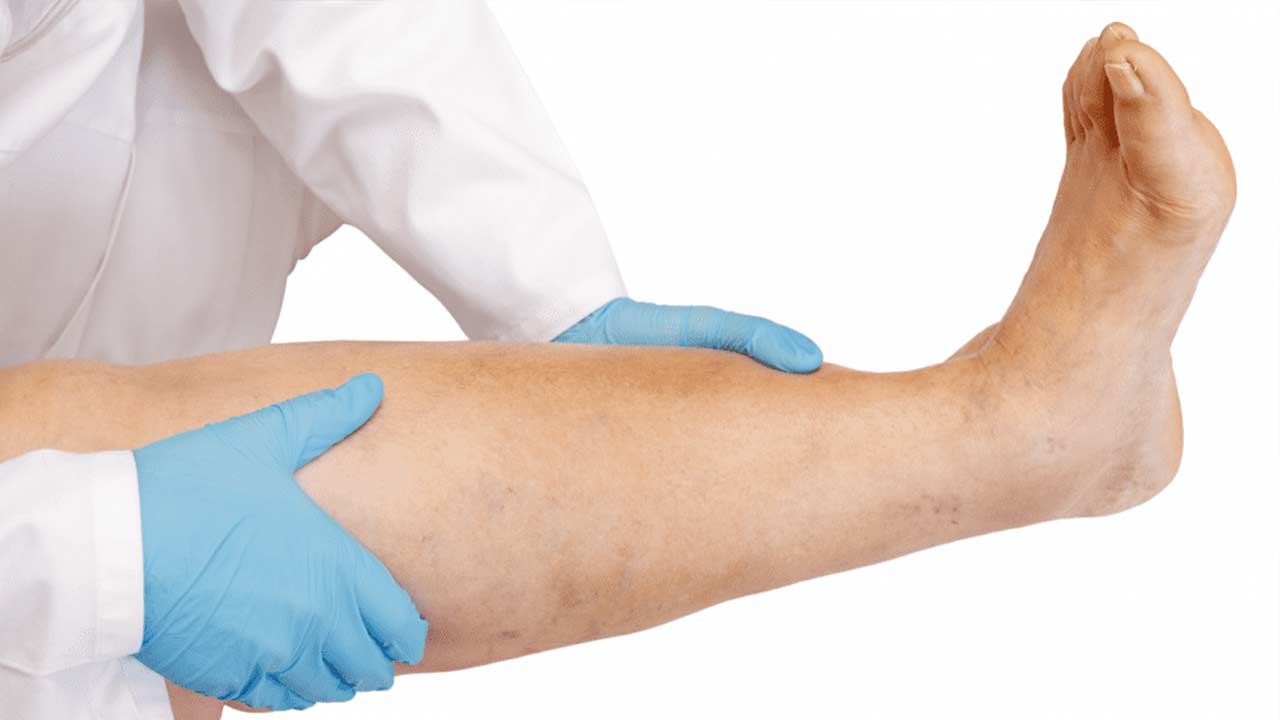Peripheral artery disease and peripheral venous disease are two different health conditions that significantly affect the legs. Even though their impact location is the same, legs, they greatly differ in their root causes, symptoms, and treatment approaches. PAD VS PVD? Comprehending the differences between the two is essential for precise diagnosis and enhanced therapy alternatives.
Peripheral Artery Disease in Legs
Causes
Causes of Peripheral Artery Disease in the Legs Peripheral artery disease is mostly caused by atherosclerosis. This condition is characterized by the accumulation of fatty components, namely plaque in arteries that are responsible for supplying blood to the extremities. This buildup leads to the stiffening and narrowing of arteries, which in turn restricts the blood flow in the legs and other extremities.
Symptoms
- Intermittent Claudication: Cramping, fatigue, or pain in the legs during physical activity
- Rest Pain: Discomfort and pain even at rest or while sitting. This symptom indicates the advanced stage of PAD.
- Non-healing wounds: Since the blood flow is reduced when experiencing PAD, wounds may take longer to heal than usual.
- Gangrene: In severe cases, tissue necrosis starts to happen. This poses a threat to limb viability.
Risk Factors
- Family history of venous disorders
- Prolonged sitting and standing
- Obesity
- History of Deep Vein Thrombosis
- Conditions increasing Intra-abdominal Pressure (pregnancy)
Diagnosis
A thorough medical history examination coupled with physical examination and Duplex Ultrasound can be used to assess blood flow, identify any valve dysfunction, and determine venous reflex.
Treatment Options
- Compression Therapy: The use of compression stockings helps to improve blood flow and reduces swelling.
- Lifestyle Changes: Integrating regular exercises, better diet, weight management, and elevating your legs in your routine will help manage PAD.
- Minimally Invasive Procedures: Endovenous Ablation is a minimally invasive procedure performed for varicose veins, and sclerotherapy may be performed to treat smaller veins.
Differences between PAD and PVD in legs
Location and Symptoms
Pad is primarily responsible for affecting lower extremities, causing symptoms like intermittent claudication and non-healing, particularly in toes and feet. However, PVD causes swelling, varicose veins, and skin changes along with ulcers around the ankles and surrounding area.
Types of Pain
When suffering from PAD, pain is experienced during physical activity, which may start to happen while resting in extreme cases as well. However, in PVD, the pain and discomfort are often associated with the feeling of heaviness.
Appearance of Veins
PAD is an arterial medical condition in which the venous appearance is not a primary concern. But if we talk about PVD, the presence of varicose veins is a great concern as it indicates venous insufficiency.
PAD and PVD are two conditions with their own set of causes, symptoms, and risk factors. Everyone needs to know the differences between the two so appropriate treatment options can be picked to improve the quality of life for individuals who are affected by these vascular disorders. Whether it is the arteries or veins, understanding their details is essential for comprehensive patient care.




